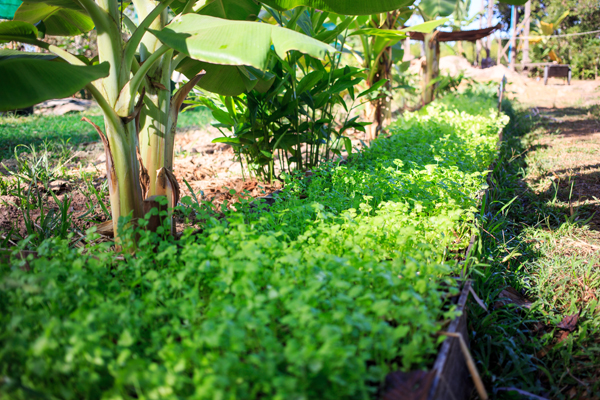“A quick video on the steps involved in constructing a no dig garden bed. You do not have to follow the video specifically, you can use different materials – just follow the general pattern of construction.
Visit the Permaculture in New Zealand web site if you wish to further discuss this or other techniques for a resilient future.”
YouTube
No dig potatoes
Owen: This is a good method for growing food on poor soil. This is basically how we’re starting to grow vegetables in our forest garden – making raised beds on top of compacted subsoil. We used a 2″ layer of rice hulls instead of newspaper or cardboard to block the grass and it’s working fine so far.


I like it! Fun to watch, and, perhaps deceptively, causes me to think, “that might not be so difficult!”
It’s really easy! We’re saving lots of money on veggies already. Plus, the food is fresher and tastier than store bought.
Ideally over time, the permaculture hope is that eventually there will be enough mature trees somewhere on the property to supply all the mulch for such beds. That can come from leaf litter as well as prunings, coppices, thinning saplings, and in the extreme long term – harvesting dead mature trees.
Of course, if someone starting out wants vegetables the first few years, it’s smart to import some mulch from outside the property to give a boost to the system to get some initial yields in annual garden beds. The long term plan over several years should be to gradually transition away from importing carbon to growing it onsite and just chop/drop.
Rome wasn’t built in day, though.
The best wood was used on our recycled wood house. The left overs (mostly partially decayed) went into our garden beds. Eventually the entire forest garden beds (4mx20m each) will be raised with soil amendments to improve the soil. More garden updates coming soon.
I’ve always liked raised beds, but the idea of using new wood for this was always an issue. It’s all going to rot, so why spend a bunch of money on new wood? Come to think of it, our old hardwood may last longer than new soft wood.